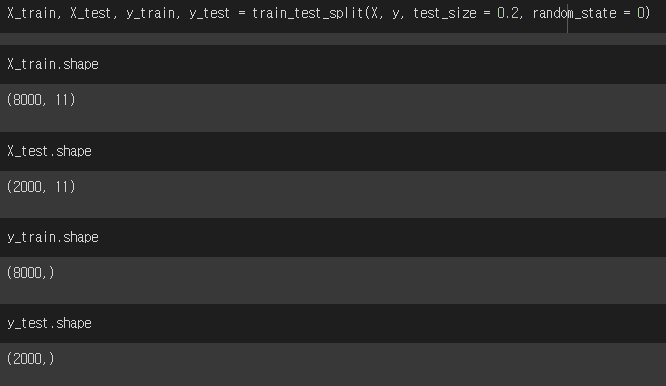model = tf.keras.models.Sequential()
model.add(tf.keras.layers.Flatten())
model.add(tf.keras.layers.Dense(128, 'relu'))
model.add(tf.keras.layers.Dense(10, 'softmax'))
model.compile('adam', loss = 'sparse_categorical_crossentropy', metrics = ['accuracy'])
model.fit(training_images, training_labels, epochs = 5)
Fashion Mnist 이미지 데이터를 분류할 모델이다.이미지는 28 * 28인데 이것을 Flatten으로 입력받아서 딥러닝을 수행한다.
'인공지능 > 텐서플로우' 카테고리의 다른 글
| 분류의 문제에서 loss 셋팅하는 방법 (0) | 2022.06.13 |
|---|---|
| 여러 클래스로 분류할 때, 아웃풋 노드에서 사용하는 액티베이션 함수 softmax (0) | 2022.06.13 |
| EarlyStopping 라이브러리 사용법 (0) | 2022.06.13 |
| validation 데이터란 무엇이고 코드에서 사용하는 방법 (validation_split) (0) | 2022.06.13 |
| learning rate를 옵티마이저에서 셋팅하는 방법 (0) | 2022.06.13 |








